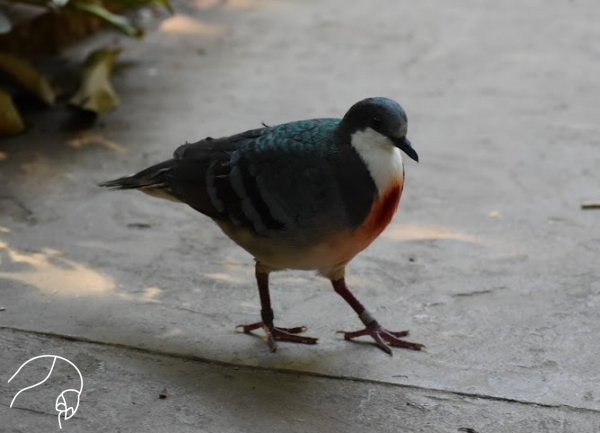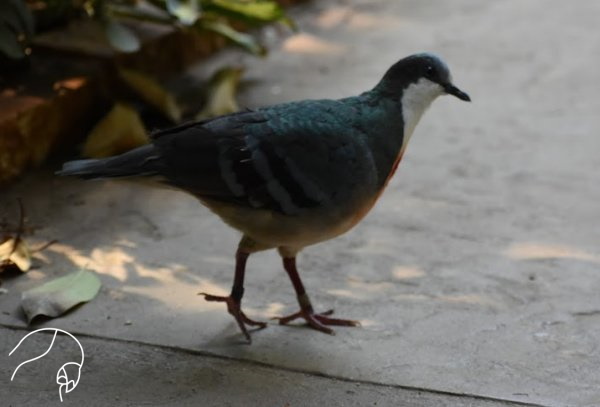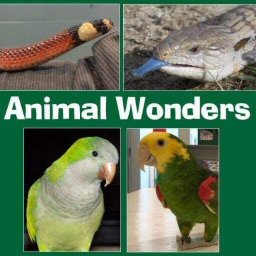Luzon Bleeding-heart (Gallicolumba luzonica)
The Luzon Bleeding-heart is a species of ground dove named for the distinct red patch of feathers on the breast giving it a bleeding appearance. This dove is endemic to the island of Luzon in the Philippines.



Scientific classification: Kingdom Animalia, Phylum Chordata, Class Aves, Order Columbiformes, Family: Columbidae, Genus: Gallicolumba, Species: Gallicolumba luzonica
Other Names: Bleeding-heart Dove, Luzon Bleeding-heart Dove, Punay
Range: The Philippines, primarily Luzon (the largest island in the Philippines) and the islands of Polillo and Catanduanes
Subspecies: Three subspecies are recognized: Gallicolumba luzonica luzonica - found in central and southern Luzon and the nearby Polillo Islands; Gallicolumba luzonica griseolateralis - northern Luzon; Gallicolumba luzonica rubiventris - known from one bird found on the island of Catanduanes and likely extinct.
Habitat: Tropical forests
Status in Wild: A secretive species, its habitat has been greatly reduced and populations fragmented. It is currently listed as Near Threatened by the IUCN, but will likely be uplisted to Vulnerable soon.
Aviculture: The Luzon Bleeding-heart was first brought to western aviculture in the late 1800s and kept and reared by zoos in both North America and Europe ever since. They are not often seen in private aviaries due to their tropical requirements. The species spends a great deal of time on the ground. Captive breeding takes place year-round in tropical houses, the doves will use a basket or box to construct a nest on and the female will lay two white eggs. Both the male and female will incubate the eggs for about 18 days. The parents, like all pigeons and doves, feed the young (also known as squabs) a milky substance produced in their crop. The squabs are altricial and do not leave the nest until they are about 14-18 days old.
The diet for Luzon Bleeding-hearts is typical for most tropical doves and pigeons consisting of seeds, chopped fruit, softbill pellets, and live insects such as mealworms and waxworms.
Interesting Facts: Keepers are often alerted that there's an injured bird on exhibit! The native Tagalog name, punay translate to "stabbed pigeon".
- Luzon Bleeding-heart - BirdLife International Factsheet
- Luzon Bleeding-heart - eBird
- Luzon Bleeding-heart - iNaturalist
- Mongabay Series - Philippine Bleeding-heart doves flutter at the brink, but NGOs respond
External Links
The beauty and genius of a work of art may be reconceived, though its first material expression be destroyed; a vanished harmony may yet again inspire the composer, but when the last individual of a race of living things breathes no more, another heaven and another earth must pass before such a one can be again. - William Beebe, 1906
Animal Wonders
We depend on our programs & donations to help fund the care and housing for our animals, most of which are either rescues or surrenders. We seem to be always taking in new animals that need a home or different situation, their care adds up. If you would like to help support Animal Wonders, it would be greatly appreciated. We are always in need of donations, caging material, lumber, crates, aquariums, straw, & newspapers.
Contact
Animal Wonders,LLC
Address : 405 W 10th St, Holden, MO 64040
E-mail : info@animalwonders.net
Phone : 816-807-4748

